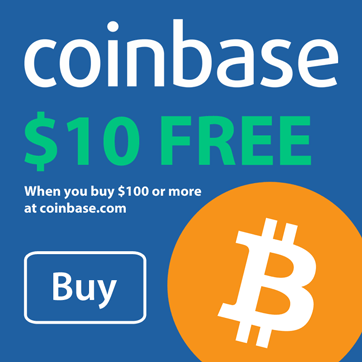Back in the olden days when you bought software it came in a box with discs. In the really olden days, those discs were magnetic, but more recently the industry switched to optical (in the form of CDs and DVDs). Some innovative people distributed their bits on microSDHC cards (such as ALK’s CoPilot Live for Windows Mobile). Another common form of software distribution has been via direct-download which were typically accompanied by a serial number or product activation key to reduce piracy.
Today’s Application Stores
Today, most of us are used to software distribution via an application “store” available via the wireless connection (3G, WiFi, etc.) of our handhelds. Apple has their App Store, Android has their Market, and even Windows Mobile is getting in the game.
DRM, and a Less from the Not-So-Distant Past
This distribution method opens up some serious questions. Since most application stores use some type of digital rights management (DRM) to ensure the applications aren’t pirated, many of us are skeptical. DRM has been applied to “legitimate” music downloads since the early days of Napster. Many of us (myself included) have been bitten by this DRM which prohibited us from playing the music on our computers after an operating system upgrade, or system replacement. Or, worse yet, the “store” that we purchased the songs from went out of business (MSN Music, for example). Will handheld applications meet the same fate?
 Android Market
Android Market
If you’re interested to see how DRM applies to app purchases made through the Android Market, check out my article at pocketnow.





